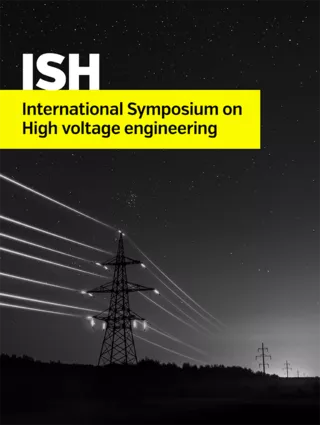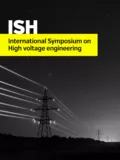Summary
One of the important problems of an HVDC system is the design of the grounding system, a fundamental necessity in any electrical project. The grounding, in an HVDC system, for the alternatives that are detailed below, has two main functions: 1.- Act as reference potential. 2.- It fulfills a fundamental role in emergency conditions (monopolar with return to earth). The system for which we design the grounding, has four alternatives in the race: A) Two bipolar line alternatives of ± 600 kV, 3000 A, 3600 MW, 2000 km and B) Two bipolar line alternatives of ± 800 kV, 2250 A, 3600 MW, 2000 km. Every electrical project requires a grounding system. In our country, although there are no such transmission systems in the present, there are concrete plans to build HVDC transmission systems in the near future. In the event of an emergency situation, where a fault occurs taking one of the transmission lines out of service, the ground effectively work like electrical conductor return, until the fault can be cleared and the line can be put back into normal operation. The objective of the present work is to study, analyze and test in the laboratory the most suitable materials (guarranteeing a minimum 30 years of useful life) for the correct geometric design of the grounding electrodes and configuration, according to the parameters of the transmission line, and the particular characteristics of the soil; also taking into account the environmental restrictions, corrosion and electrical safety, and which must comply with the standards in force in the world, since in our country this subject is not yet been standardized.
Additional informations
| Publication type | ISH Collection |
|---|---|
| Reference | ISH2017_295 |
| Publication year | |
| Publisher | ISH |
| File size | 1 MB |
| Pages number | 6 |
| Price for non member | Free |
| Price for member | Free |




